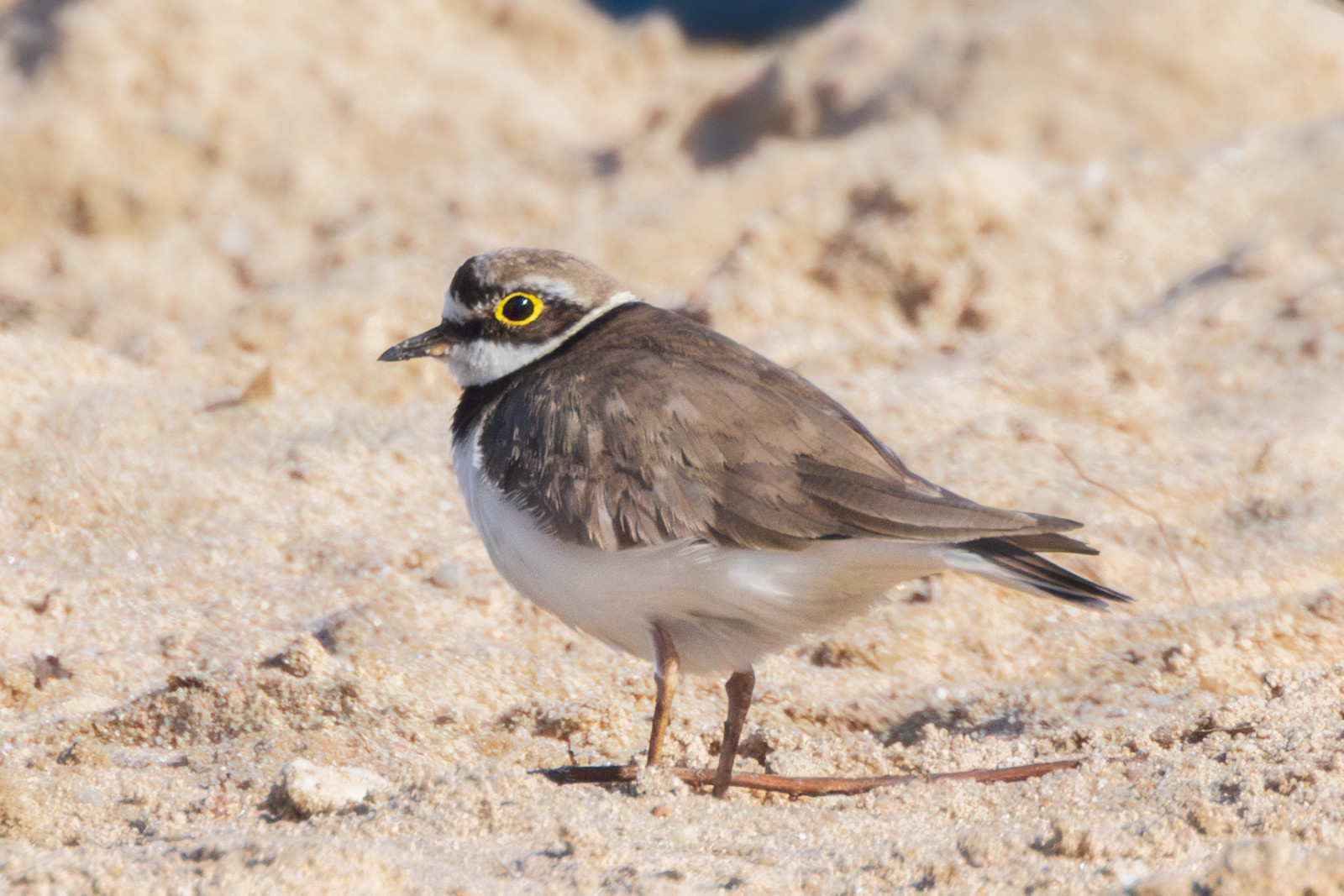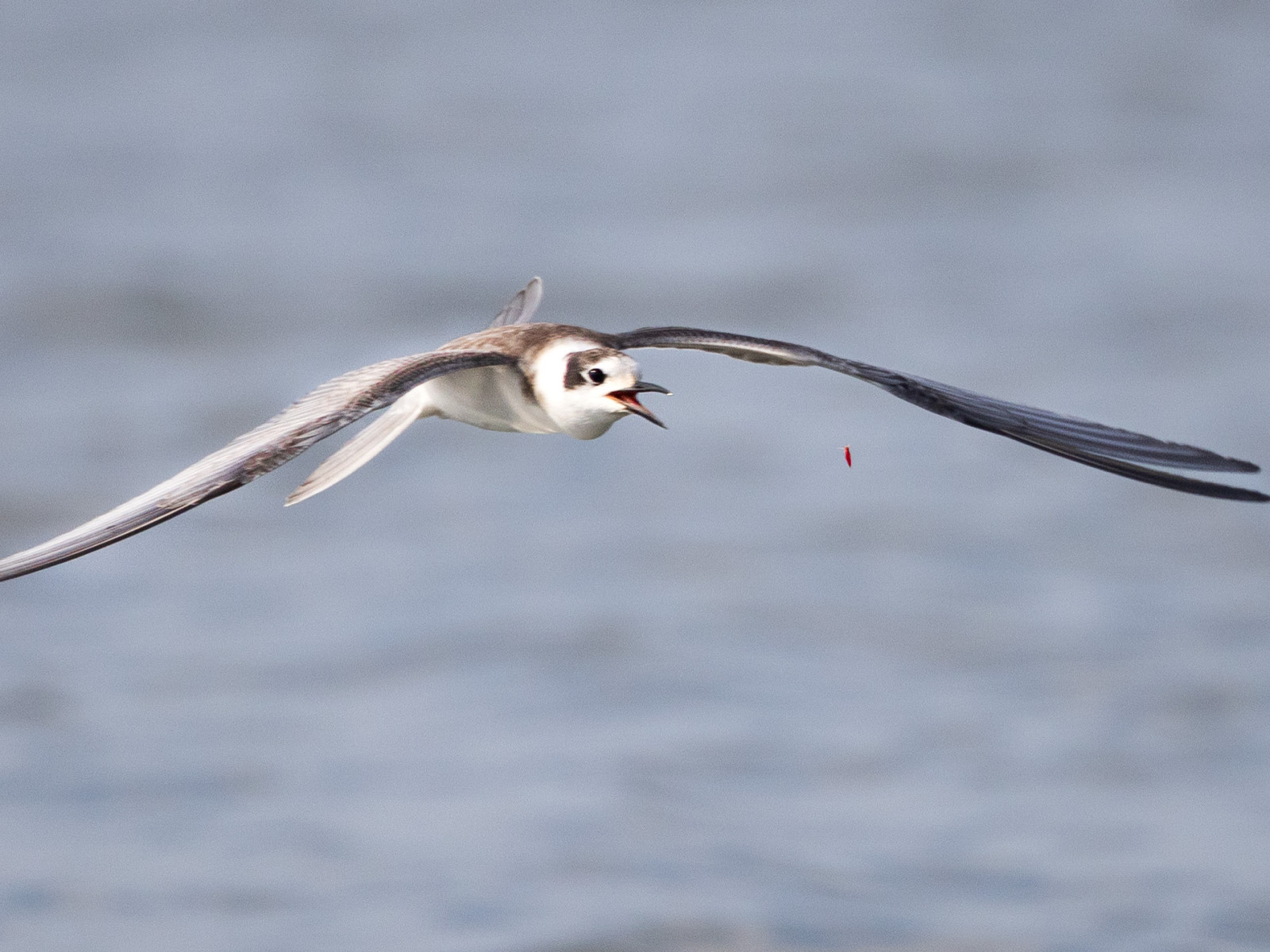Descrizione
The Altmühlsee is an artificial lake in Bavaria, created in the 1970s. It serves as a water reservoir and a destination for tourism. The Vogelinsel in the northeast and the extensively managed areas around it, particularly the Wiesmet, as well as the water bodies of the Seenland, attract numerous waterbirds that can also be observed on the lake.
In winter, when the water is not frozen, it becomes a popular area for Smergo maggiore, Svasso maggiore, a group of Oca canadese, as well as Moriglione, Moretta, and Fischione. Among these, notable guests sometimes appear. In some years, Pesciaiola visit, and Quattrocchi are regularly observed. Smergo minore, Strolaga mezzana, Strolaga minore, and even Strolaga maggiore have been recorded, although the chances of seeing those are better at Großer Brombachsee. Airone bianco maggiore appear along the shore in winter, and among the numerous Gabbiano reale and fewer Gabbiano reale pontico, some Gavina can be discerned.
Spring and autumn migrations bring exciting visitors. The Nitticora, which breeds on the Vogelinsel, can sometimes be observed in the bushes that line the rivers around the lake. Garzetta sightings are possible, too. Mignattino comune regularly hunt over the lake in April and May, and especially in late August and early September. Among these, the very similar, but rarer Mignattino alibianche and Mignattino piombato are occasionally noted. Sterna codalunga has been reported in some years. Gabbianello stay here in those months as well. From late August, few waders, including Piovanello pancianera and rarely the Piovanello tridattilo, are occasionally feeding on the sandy beaches. Here they can be observed from a shorter distance than on the Vogelinsel itself. Svasso cornuto and Orco marino are scarce visitors mainly in late autumn, sometimes through to the winter months.
Rarities observed here include Gabbiano tridattilo, Moretta codona, Falaropo beccolargo, and Falaropo beccosottile. Labbo has been recorded four times, most recently in 2016. The exceptional sighting of a Gabbiano di Franklin in spring 2023 proves that the lake may always hold surprises.
Dettagli
Accesso
Individual observation points can be reached on foot from the parking areas of the respective lake centers (Seezentren): The northeastern shore (1) from Seezentrum Muhr, the southern shore and the outlet structure (2) from Seezentrum Schlungenhof or the parking area at Höhe. These spots offer the best chances for observing gulls and terns. The western shore can be accessed from Seezentrum Wald (3). Further north, the northern edge of the Vogelinsel is visible; year-round, Aquila di mare can be spotted in the trees, and Falco pescatore during the warmer months. Much better than arriving by car is to cycle around the lake, possibly following an early morning visit to the Vogelinsel. The path around the lake is only accessible by bike and on foot, cars are prohibited. It is wheelchair-accessible.
Paddle boats can be rented at the lake centers (please respect the nature reserve boundary of the Vogelinsel!). Motorboats are prohibited on the lake.
Terreno e habitat
Alberi e cespugli sparsi , Lago , SpiaggiaCaratteristiche dell’area
Terreno pianoPercorso ad anello
SiÈ utile un cannocchiale?
SiBuona stagione per il BW
Tutto l'annoMiglior periodo per visitare
Inverno , Migrazione primaverile , Migrazione autunnalePercorso
Sentiero ampio , Strada asfaltataGrado di difficoltà del percorso a piedi
FacileModalità di accesso
A piedi , Bicicletta , Sedia a rotelleCapanno/torretta di osservazione
NoInformazioni aggiuntive
The lake is used all year round for various sailing sports, which usually causes little disturbance to the birds. In summer it was a popular bathing area. However, due to phosphorus inputs from agriculture (40 tonnes per year) and climate change-induced warming of 4°C, cyanobacteria are increasingly spreading, making swimming impossible. It remains to be seen what impact this will have on bird life.
In winter, the lake surface may be frozen. Then it may be worth searching the surrounding fields for feeding Oca selvatica, Oca lombardella, Chiurlo maggiore, and even rarer visitors.





